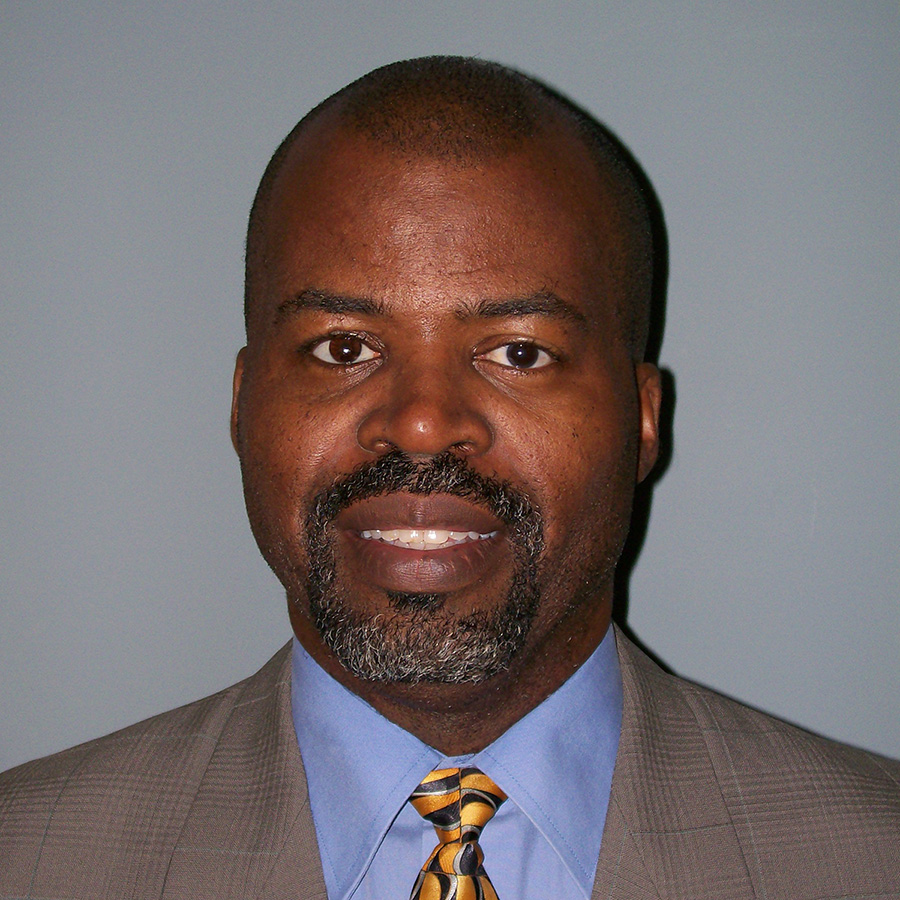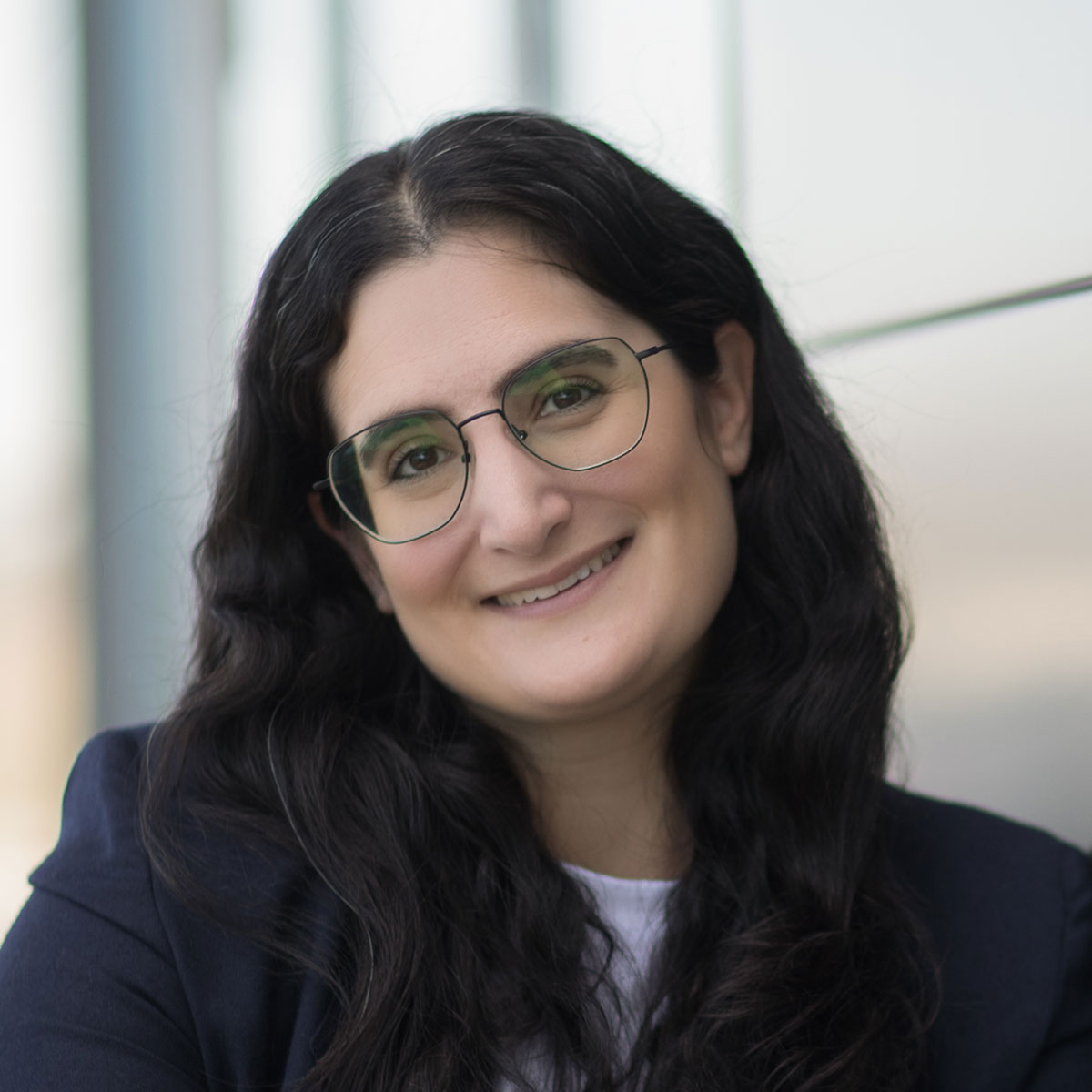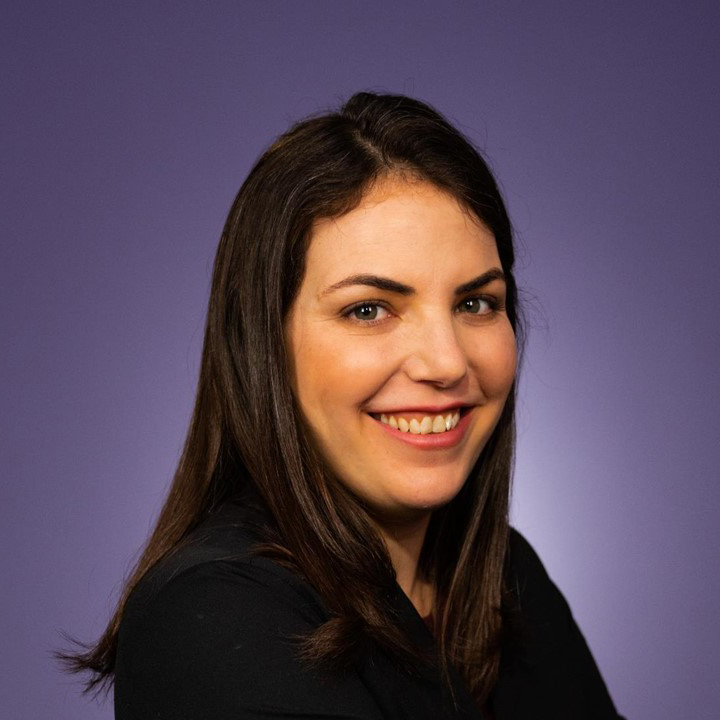Innovation to Market

Technology Transfer and Commercialization
Technology transfer is an important part of the research process. Technology transfer may take the form of commercializing a product you have developed, licensing new manufacturing techniques or software for use in industry, or developing research partnerships that allow further study into your specific research areas.
The OVPRI assists researchers by providing the following services:
- Evaluation of the technology
- Studies to determine market potential
- Assistance with applications for patents and other forms of Intellectual Property (IP) protection
- Marketing inventions
- Negotiating licensing agreements
In addition, we can also help you obtain funding for proof-of-concept studies that may be needed to make your technology more appealing to the market or to find industrial research partners who share an interest in your technology.
Services are free to Toronto Metropolitan University community members whose inventions arose from university research. If the university decides that your technology is one that we would like to be involved in marketing, we will even cover the cost of protecting and marketing it. All we ask in return is to share in the benefits down the road if the technology is successful. Of course, you always have the option of pursuing commercialization on your own, in which case you are responsible for any fees that are incurred. Please note that even if you decide to do this, university policy still requires that you file an invention disclosure with the OVPRI. To file, please use the (PDF file) Invention Disclosure form (opens in new window) .
For more information regarding Technology Transfer or IP-related issues, please contact:
Nicholas Burgwin, Manager, Innovation and Commercialization, at nburgwin@torontomu.ca or
Johannes Dyring, Assistant Vice-President, Business Development and Strategic Initiatives, at jdyring@torontomu.ca
Intellectual Property
TMU has an SRC Intellectual Property Senate Policy #171. There are five main categories of Intellectual Property (IP) protection available to researchers: patents, copyrights, trademarks, industrial designs, and integrated circuit topographies. The following information describes what type(s) of IP can be protected by each category:
Patents give the researcher the right to exclude others from making, using, or selling their invention. Things that may be eligible for a patent include processes (e.g., a new or improved manufacturing process), methods, machines (e.g., a new mousetrap or a new power generator for an electric car), manufactures, compositions, and improvements developed by the researcher. Computer software can be eligible for patents as well.
Things that are NOT eligible for patent protection include ideas, theories, and principles that have not been reduced to practice.
The three requirements for a patent are that your invention must be:
- useful
- new
- unobvious to someone who is skilled in the field of the invention
View more information regarding patents (external link, opens in new window) .
Copyrights prevent others from copying or modifying a work that you have created. Things that can be protected include literary, artistic, musical and dramatic works, as well as sound recordings and computer programs. While registration of the copyright is not required, it can be helpful if you ever need to deal with someone whom you feel is infringing on your copyright.
View more information regarding copyrights (external link, opens in new window) .
Trademarks prevent others from using specific words, symbols and/or designs that are used to distinguish goods and services. Examples of well-known trademarks include Just Do It (registered trademark of Nike, Inc.), an apple with a bite removed (registered trademark of Apple Inc.), and IBM (stylized letters). Trademarks need to be registered unless they are only used regionally.
View more information regarding trademarks (external link, opens in new window) .
Industrial designs protect features of shape, pattern and/or ornamentation. Examples include the distinctive shape of a Coca-Cola bottle, the shape of a table, or the ornamentation on the handle of a spoon. Industrial designs must be registered in order to be protected.
View more information regarding industrial designs (external link, opens in new window) .
Integrated circuit (IC) topographies protect the surface configuration of the electronic circuits used in microchips and semiconductor chips. Your design must be unique in order to register. IC topographies do not protect the function of the chip, the methods of using the chip, or the structural features of the chip.
View more information regarding integrated circuit topographies (external link, opens in new window) .
For more information about any of these forms of IP protection, please visit the Canadian Intellectual Property Office site (external link, opens in new window) .
Meet with an IP Lawyer
Do you have questions about intellectual property, patents or copyright? Are you unsure if you should be filing a patent or if your research discovery, idea or invention can be protected?
Are you considering a startup, commercializing an idea, looking at a licensing agreement, or producing an original artistic work, computer program or industrial design?
For these queries, expert intellectual property (IP) guidance and an IP strategy are crucial.
The OVPRI is pleased to offer Toronto Metropolitan University researchers with easy-access IP consultation services, provided by top IP lawyers from private firms.
To book a one-on-one consultation:
- Select a lawyer from the list below.
- Review their areas of expertise to match with your question(s).
- Click the “Schedule a Consultation” button under that lawyer’s name to view their available office hours and to book a time slot.
- The initial meeting / consultation is free of charge.
FAQs
This service is available to researchers currently employed at Toronto Metropolitan University.
Meetings are booked online directly with the IP lawyer. Time slots are 15 or 20 minutes. It is important that you come prepared to the meeting with your idea or question on IP, as well as your support materials. At the meeting, you and the IP lawyer can discuss next steps. There is no charge for this introductory meeting.
Charles Boulakia, Shahrzad Esmaili and Tony Orsi each hold a practice at a top private law firm and specialize in working with entrepreneurs on IP protections and strategies. Further information about them can be found on this page.
You should protect your IP and get expert strategic advice as early as possible. The five main categories of IP protection available to researcher are patents, copyrights, trademarks, industrial designs, and integrated circuit topographies. More details can be found on the Innovation to Market webpage.
IP Lawyers
Charles Boulakia is a partner at Ridout & Maybee LLP in the firm’s Toronto office. His practice is principally directed towards the preparation and prosecution of patent applications in the biotechnology, chemistry, biofuel, oil and gas, and pharmaceutical areas, though he has advised on a broad range of other technologies, including mechanical inventions, consumer products and medical devices. Charles can also advise on IP due diligence, validity and freedom to operate opinions, and can help with drafting and negotiating license agreements and technology transfers.
Charles advises many start-ups, and mentors at The Entrepreneurship Hatchery (University of Toronto), the Design and Fabrication Zone and iBoost (Toronto Metropolitan University), and others. He has lectured at Graduate Student Innovation Scholars (Western University); at Master of Engineering Innovation and Entrepreneurship and at the School of Business and Law (Toronto Metropolitan University); and at the Rotman School of Management (University of Toronto), among others. He is also on the advisory board of various public and private companies.
Meet Gowling WLG partner and Toronto Metropolitan University (formerly known as Ryerson University) alumna Shahrzad Esmaili. Shahrzad is a registered Canadian and U.S. patent agent, and a partner in the IP group of the Toronto office; her practice is in software and computer-implemented inventions, particularly artificial intelligence and machine learning. She holds masters degrees in both computer and electrical engineering. In fact, her graduate thesis, which focused on machine learning methods for classifying music genres, sparked her curiosity and interest in AI. She's a frequent speaker on the unique challenges of global software patent protection, including for Lexpert and Landslide.
Tony Orsi is a partner and patent agent with Bereskin & Parr LLP and a member of several of the firm’s practice groups, including Patents, Electrical & Computer Technology, Medical Devices, Artificial Intelligence (AI), Cleantech and Industrial Designs. Tony’s practice focuses on patents in the electrical, biomedical, software, mechanical and cleantech fields, with an emphasis on evaluating new technologies, patentability, freedom to operate, patent drafting and high-value IP strategy. Tony works with start-ups and entrepreneurs to help them learn about IP, to develop their IP strategy and to build their IP portfolio.
While obtaining his honours Bachelor of Applied Science (electrical engineering) and Master of Applied Science (electrical engineering), Tony studied a wide range of topics including semiconductors, electronics, signal detection, signal processing, acoustics, auditory evoked potentials and human auditory physiology. Tony also earned a Master of Business Administration with distinction.
Protecting Your Intellectual Property
Invention and Software Disclosures should be filed as soon as the invention or work can be clearly described in writing, has been reduced to practice, or if you want to publish something that may be considered initial work on your invention/software. You must file a disclosure prior to selling, licensing, or otherwise assigning your invention. This should be completed early in the process so that the OVPRI can protect your IP prior to public disclosure.
Entrepreneurs in Residence (EIR)
Our Entrepreneurs in Residence (EIRs) have a unique combination of experience and expertise to support a diverse range of research and commercialization activities. Learn more about our EIRs below.
Please contact Nicholas Burgwin (nburgwin@torontomu.ca) with any questions or to request an introduction to one of our EIRs.





